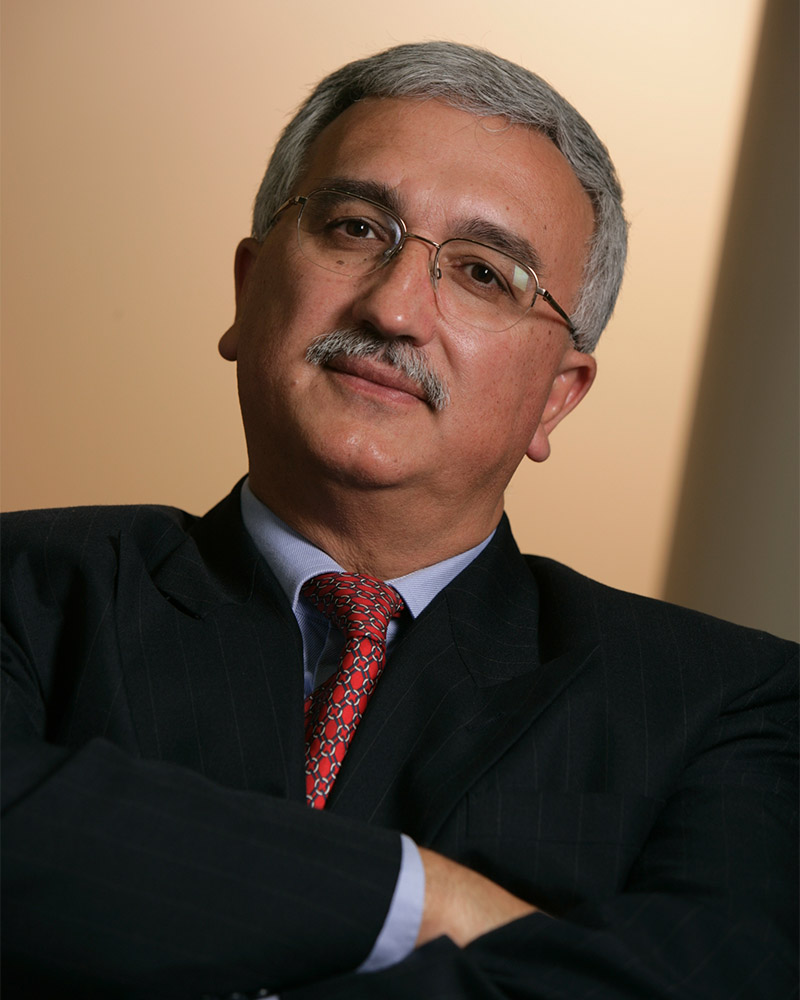
N.C. A&T Board of Trustees to Hold Full Meeting Nov. 13-14
11/10/2025
By Alexander Saunders / 05/12/2021 Research and Economic Development, College of Engineering
EAST GREENSBORO, N.C. (May 12, 2021) – Numan Dogan, Ph.D., a professor of computer and electrical engineering at North Carolina Agricultural and Technical State University, was awarded U.S. Patent No. 10,985,699 titled “Differential Constructive-Wave Oscillator (DCWO).” His former student, Göker Ariyak, Ph.D., is named co-inventor.
The device was born out of an Army Research Office grant in which Dogan and Ariyak were tasked with developing rotary travelling-wave oscillators (RTWOs) operating at 94 GHz, enabling devices that can be used in powerful defense technologies. In comparison, 5G consumer devices are typically below 60 GHz in strength.
 Dogan considers this patent his life work and cites the Buckwalter Constructive Wave Oscillator (CWO) as his inspiration. James Buckwalter is an electrical engineering professor at the University of California, Santa Barbara, and holds a patent and publication on a Constructive Wave Oscillator.
Dogan considers this patent his life work and cites the Buckwalter Constructive Wave Oscillator (CWO) as his inspiration. James Buckwalter is an electrical engineering professor at the University of California, Santa Barbara, and holds a patent and publication on a Constructive Wave Oscillator.
“I read Buckwalter’s paper on Constructive Wave Oscillator circuits,” said Dogan. “However, he never implemented a differential version. I saw the light and brought the two technologies (RTWO and CWO) together for a unique circuit.”
The new DCWO device has two lines running parallel via a Möbius strip, which allows the signal wave to travel twice within the spatial arrangement, reducing far field radiation from the transmission lines. Dogan’s device has all the advantages of differential circuits – particularly suppressing noise coupling from the ground or supply line and having a design that will not interfere with nearby circuits. Within the complex and compact communications systems used by the military and commercial applications, this point is critical for the future military and commercial electronic systems.
“With traditional rotary traveling wave oscillators, you cannot guarantee which way the wave will rotate, which requires using a special circuitry to force the wave rotation,” said Dogan. “This one is natural by its architectural design.”
The novel device can be made as small as a few hundred micrometers on one side and can be integrated with other circuits on a chip. Dogan said differential signaling is preferred by RF and analog circuit engineers. This new small but powerful oscillator could provide unique solutions for the future of both military radars and more familiar 5G devices.
Dogan thanks Laura Collins, Ph.D., North Carolina A&T’s director of Intellectual Property Development and Commercialization, for her work in processing the grant. The process to prove a concept original and patentable can be tedious and often takes a tremendous amount of work.
“The U.S. Patent and Trademark Office requires an invention be both novel and non-obvious. Dr. Dogan’s innovation provided a significant advancement over previously known travelling wave oscillators, but the inventor not only has to have a patentable invention, it needs to be accurately and completely described in the patent application,” said Collins.
Since inventors are also educators trained to familiarize people outside of their discipline with their work, it helps Collins in her role.
“I also help by translating the Patent Office’s objections into the language of technology that our researchers are familiar with,” said Collins. “Being at the interface of science and patenting is one of the things I most enjoy about my job.”

Media Contact Information: uncomm@ncat.edu